Credits | GalacticaAsia
Feature's
Turbo Lines in Star Alliance livery
Warning!!!!!!!
If you moved this plane in takeoff and landing, this will lead you into an catastrophic incident
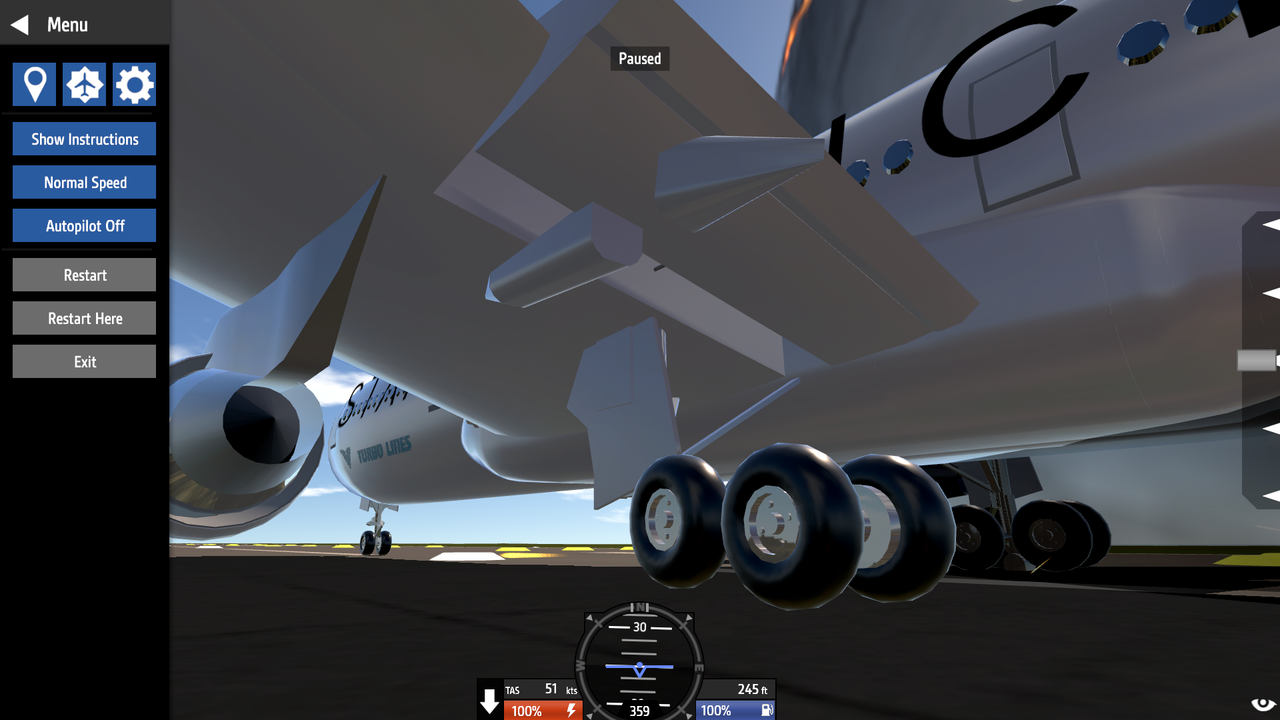

Galactica is a bad updater
Wikipedia
The Boeing 767 is an American wide-body aircraft developed and manufactured by Boeing Commercial Airplanes. The aircraft was launched as the 7X7 program on July 14, 1978, the prototype first flew on September 26, 1981, and it was certified on July 30, 1982. The original 767-200 entered service on September 8, 1982, with United Airlines, and the extended-range 767-200ER in 1984. It was stretched into the 767-300 in October 1986, followed by the 767-300ER in 1988, the most popular variant. The 767-300F, a production freighter version, debuted in October 1995. It was stretched again into the 767-400ER from September 2000.
To complement the larger 747, it has a seven-abreast cross-section, accommodating smaller LD2 ULD cargo containers. The 767 is Boeing's first wide-body twinjet, powered by General Electric CF6, Rolls-Royce RB211, or Pratt & Whitney JT9D turbofans. JT9D engines were eventually replaced by PW4000 engines. The aircraft has a conventional tail and a supercritical wing for reduced aerodynamic drag. Its two-crew glass cockpit, a first for a Boeing airliner, was developed jointly for the 757 - a narrow-body aircraft, allowing a common pilot type rating. Studies for a higher-capacity 767 in 1986 led Boeing to develop the larger 777 twinjet, introduced in June 1995.
The 159-foot-long (48.5 m) 767-200 typically seats 216 passengers over 3,900 nmi (7,200 km), while the 767-200ER seats 181 over a 6,590 nautical mile (12,200 km) range. The 180-foot-long (54.9 m) 767-300 typically seats 269 passengers over 3,900 nmi (7,200 km), while the 767-300ER seats 218 over 5,980 nmi (11,070 km). The 767-300F can haul 116,000 lb (52.7 t) over 3,225 nmi (6,025 km), and the 201.3-foot-long (61.37 m) 767-400ER typically seats 245 passengers over 5,625 nmi (10,415 km). Military derivatives include the E-767 for surveillance and the KC-767 and KC-46 aerial tankers.
Initially marketed for transcontinental routes, a loosening of ETOPS rules starting in 1985 allowed the aircraft to operate transatlantic flights. A total of 742 of these aircraft were in service in July 2018, with Delta Air Lines being the largest operator with 77 aircraft in its fleet. As of March 2023, Boeing has received 1,392 orders from 74 customers, of which 1,272 airplanes have been delivered, while the remaining orders are for cargo or tanker variants. Competitors have included the Airbus A300, A310, and A330-200. Its successor, the 787 Dreamliner, entered service in 2011.
Specifications
General Characteristics
- Predecessor [updated]B767-300ER[GE]
- Created On Windows
- Wingspan 156.2ft (47.6m)
- Length 180.3ft (55.0m)
- Height 53.2ft (16.2m)
- Empty Weight N/A
- Loaded Weight 94,245lbs (42,749kg)
Performance
- Power/Weight Ratio 0.619
- Horse Power/Weight Ratio 0.031
- Wing Loading 24.4lbs/ft2 (119.0kg/m2)
- Wing Area 3,866.8ft2 (359.2m2)
- Drag Points 14132
Parts
- Number of Parts 499
- Control Surfaces 9
- Performance Cost 3,245

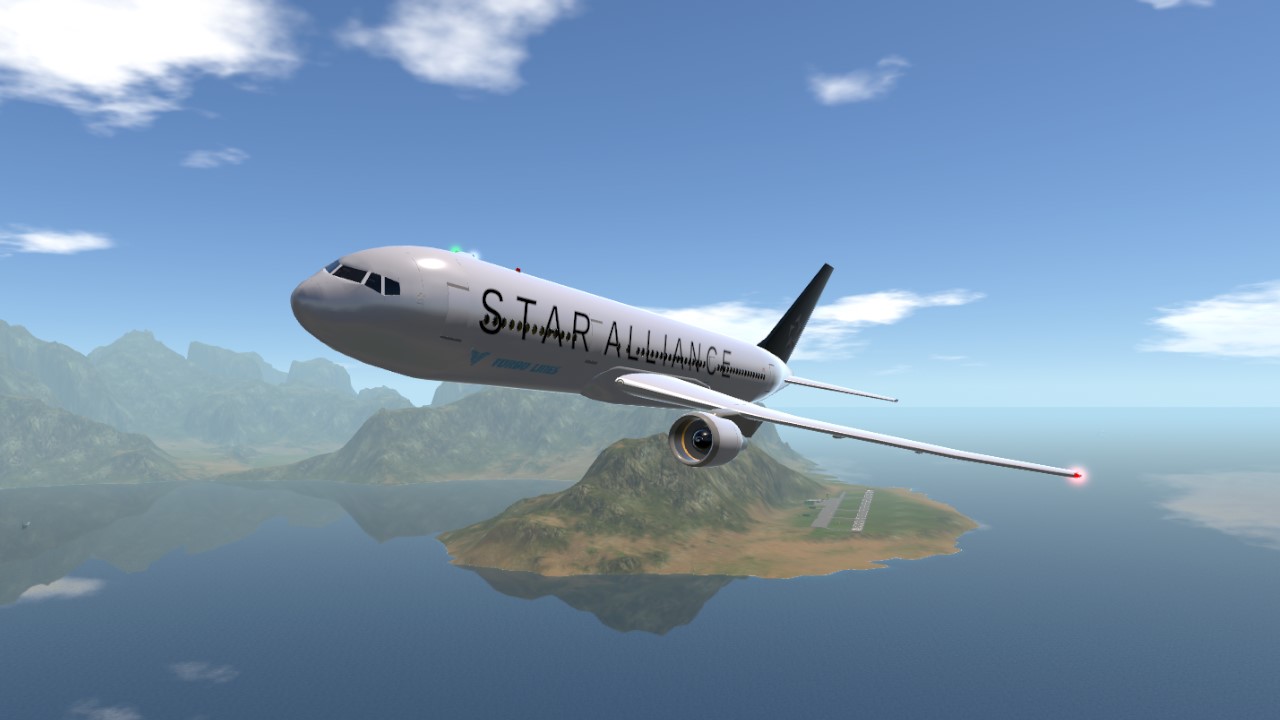
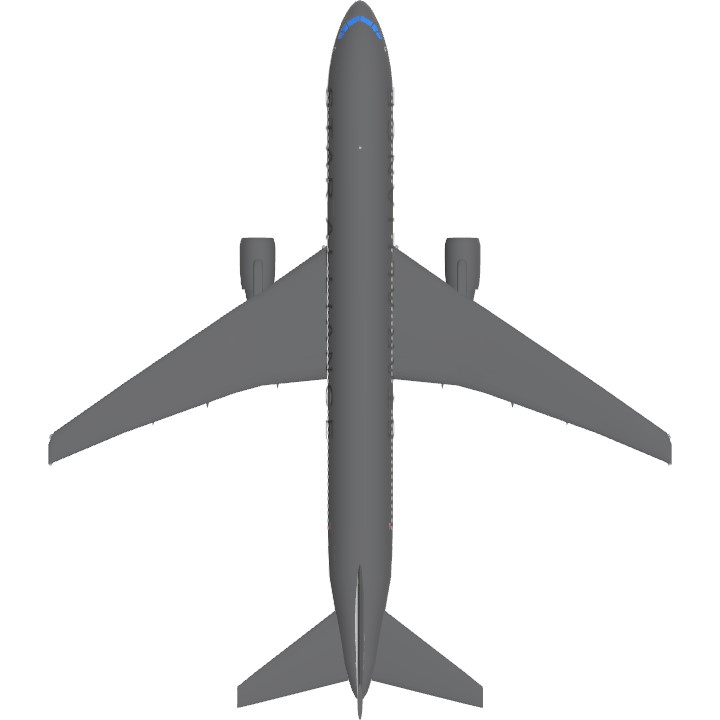
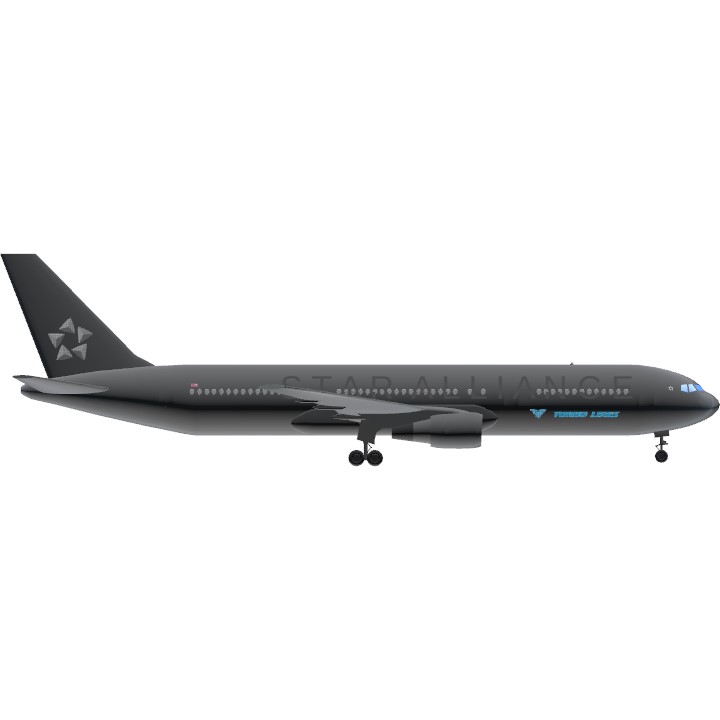
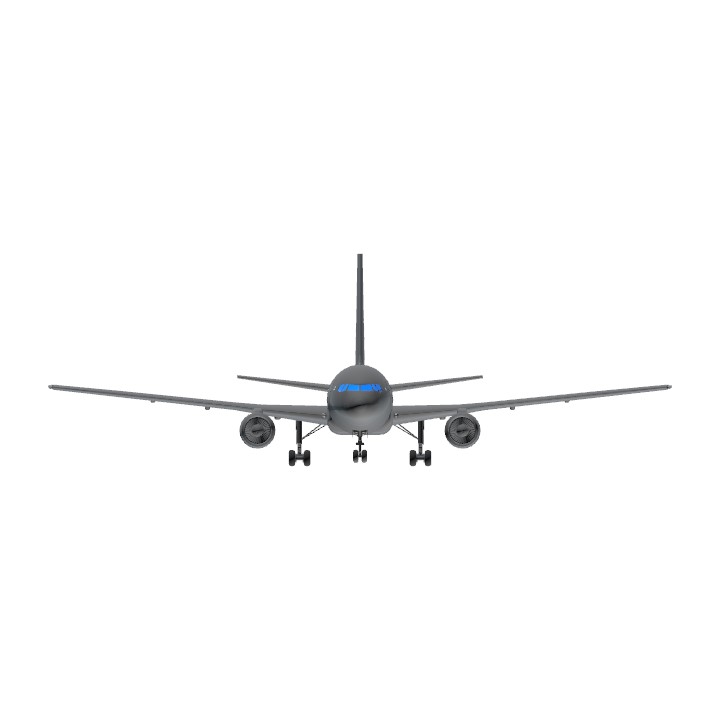
@69420ohio yea
the fact that fly and expirment used this for a mod in tfs
@Bungle677578 Ok
Pls make Turbo Lines 737 400, Use the XJ 737 400
Wow this plane is very cool and nice thanks for making this plane